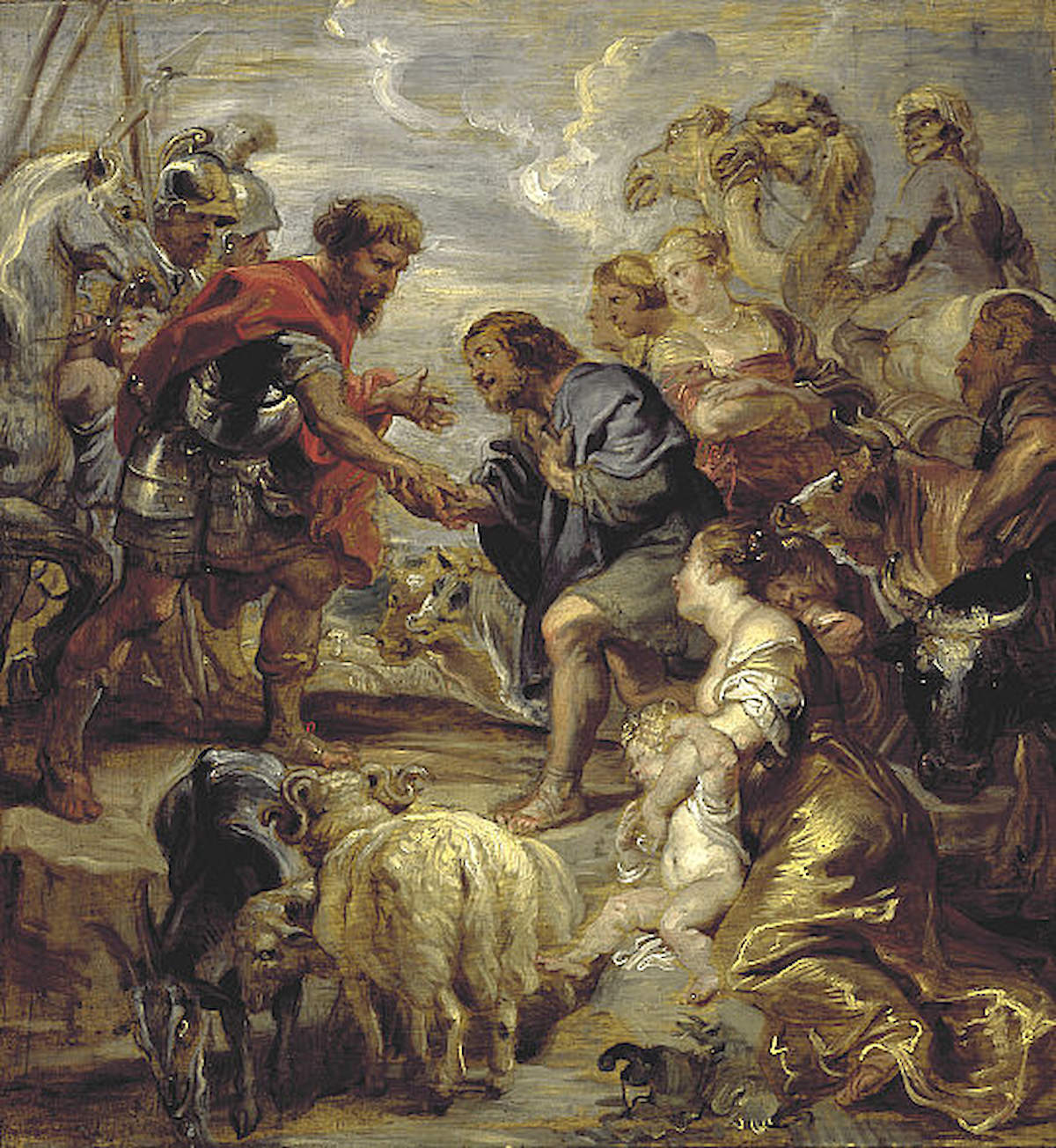
Camino de Santiago: What's in a name?
St. James? Santiago? Where does the name Camino de Santiago come from?
Name origins and word transformations are sometimes puzzling, and that often seems to be the case with the name Santiago. In Spain, the Way of St. James is translated as Camino de Santiago, and we see references to customs and art along the Camino as Jacobian or Xacobeo (Galician). So, where do these names come from? The power of etymology gives us the answer, as always, in the words’ roots.
The denomination Camino de Santiago has passed through several iterations until today’s spelling and pronunciation, but each have a common origin that dates back to ancient times.
The first reference is the Biblical name Jacob, which was a popular Hebrew name (ya’akov), that literally translates to “hand on the heel.” This name dates back to the Old Testament Genesis book, where the second son of Isaac was named while he was born just after his twin brother Esau, following his brother’s heels, “Afterward his brother came out with his hand holding Esau’s heel, so his name was called Jacob,” Genesis 25:26. The Hebrew word for heel is “akev” and the word for hand is “yad”. Here we have the first combination of roots that gives us yad+akev=ya’akov, the Old Testament version of Jacob. This Biblical language reflects that the twins were born with nearly no time in between each birth.
After that time period, Jacob was transformed to Iacobus in Latin, Jacobos in Greek, Jacques in French, and eventually James in English. So, the evolution from the Old to the New Testament changed Jacob to James (although Jacob is still a popular name today).
St. James the Apostle, sometimes also named St. James “The Greater” to distinguish him from other Jameses in the New Testament, was believed to visit Spain to preach the gospel in Iberia and was beheaded after his return to Judea, but his disciples took his remains to be buried in Northern Spain. Then, St. James became the patron saint of Spain and the word Santiago was created adding the prefix Saint to Jacob. Jacob was actually transformed to Yago in Celtic culture (Galicia), so San (Saint) + Yago = Santiago.
The name Santiago is used to refer to St. James the Apostle, and differentiates it from other Jameses or Jacobs and literally means “St. James”. The name was also used for the city and cathedral where St. James was buried, adding another word, with origins that are still discussed today, Compostela: Composta + tella meaning small cemetery. (Today, etymologists disregard the interpretation meaning “Field of stars” or Campus Stelae, that was believed to guide pilgrims to the North on their way to Santiago.) Sanctus-Jacobus-Composta-Tella then became Santiago de Compostela.
We also find the word Jacobian or Jacobean (sometimes also referred to as Jubilee), to refer to St. James-related art and culture along the Camino, but that is something that is only known in Spain or the Camino circles, since it doesn’t keep the root of the Saint, and has other meanings globally (like Jacobian for the English King James or the famous mathematician).
Understanding the etymology of words is profoundly enlightening and provides an enhanced perspective about their most effective use. Some of them, like Santiago, have unexpected and fascinating roots.